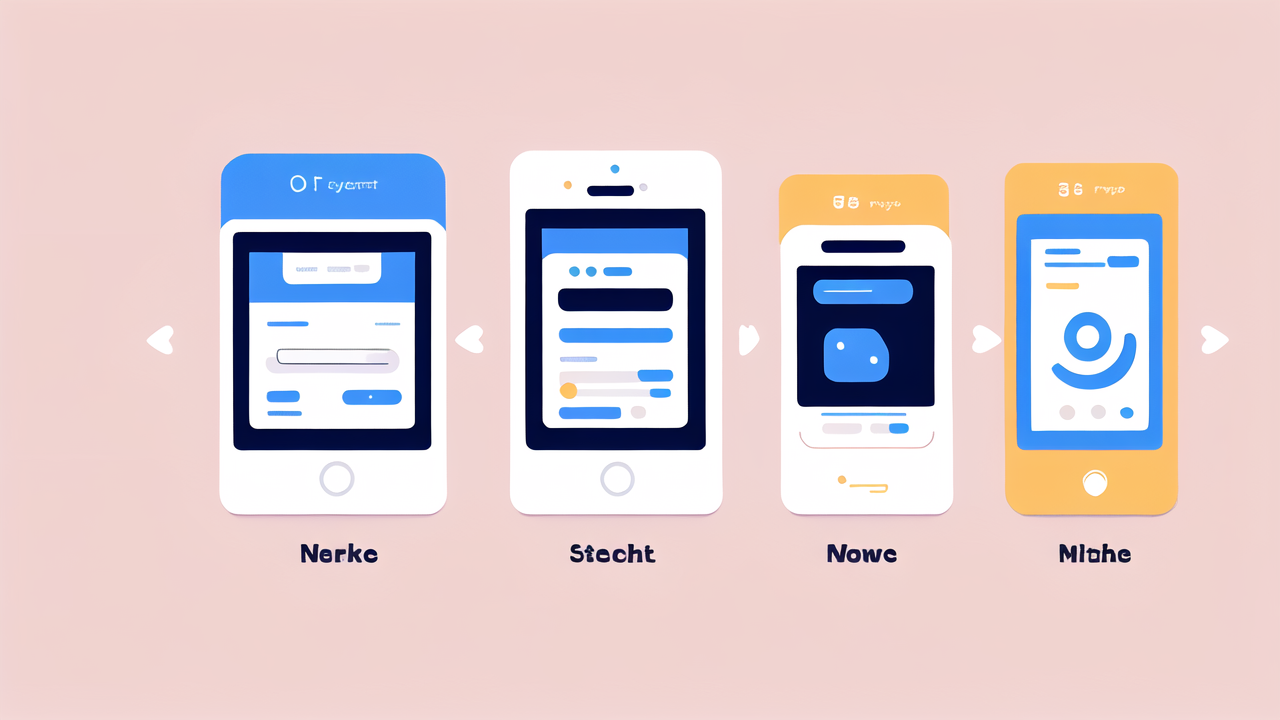Emerging Trends in Smart Watch Technology
Advancements in Battery Life and Charging Methods
Smart watch batteries have come a long way. Early models lasted only a day. Now, some can go for weeks.

This leap is due to better power management and new battery tech. Many watches use lithium-ion batteries.
These are more efficient and last longer. Some brands are exploring solar charging. Others use kinetic energy
from arm movement. Wireless charging is now common. It's convenient and reduces wear on charging ports.
Quick charging is another trend. Some watches can get a full day's use from just 15 minutes of charging.
These improvements make smart watches more practical for daily use.
The Rise of AI and Machine Learning in Wearables
AI and machine learning are making smart watches smarter. These technologies help watches learn user habits.
They can predict needs and offer personalized suggestions. For example, they can suggest workouts based on
past activity. AI can also improve health monitoring. It can detect irregular heart rhythms or sleep patterns.
Some watches use AI for better voice recognition. This makes voice commands more accurate and useful.
Machine learning helps watches adapt to individual users over time. This means more accurate step counts
and calorie burn estimates. As AI advances, smart watches will become even more helpful and personalized.
Impact of IoT on Smart Watch Features
The Internet of Things (IoT) is expanding smart watch capabilities. Watches can now connect to many devices.
This includes home appliances, cars, and even city infrastructure. Users can control smart home devices
from their wrist. They can adjust thermostats or turn off lights with a tap. In cars, watches can unlock
doors or start engines. Some cities are exploring ways to use smart watches for public transit. Watches
could serve as tickets or provide real-time transit updates. IoT also enables better data sharing between
devices. This leads to more comprehensive health and fitness tracking. As IoT grows, smart watches will
become central hubs for personal tech ecosystems.
Consumer Behavior and Smart Watch Adoption
The Role of Fitness and Wellness in Driving Smart Watch Popularity
Fitness features are key drivers of smart watch adoption. Many people buy these devices to track their health.

Common features include:
- Step counting
- Heart rate monitoring
- Sleep tracking
- Workout tracking
These features help users stay motivated and monitor their progress. Some watches offer guided workouts
or training plans. Others can detect falls and call for help if needed. Wellness features are also popular.
These include stress tracking and meditation guides. As health awareness grows, these features become more
important to consumers. Many see smart watches as tools for a healthier lifestyle.
The Influence of Brands and Ecosystems on Consumer Choice
Brand loyalty plays a big role in smart watch choice. Apple users often choose Apple Watches. Android users
might prefer Samsung or Google watches. This is partly due to ecosystem compatibility. Watches work best
with phones from the same brand. Features like message syncing and app sharing are smoother. Some consumers
choose based on design or status. Luxury brands like TAG Heuer offer high-end smart watches. These appeal
to fashion-conscious buyers. Brand reputation for quality and support also matters. Users want reliable
devices with good customer service. As the market grows, brand differentiation becomes more important.
Adoption Rates and Future Prospects in the United States
Smart watch adoption in the U.S. is growing steadily. As of 2023, about 30% of Americans own a smart watch.
This number is expected to rise. Several factors drive this growth:
- Falling prices
- Improved features
- Greater health awareness
- Better integration with smartphones
Young adults are the biggest adopters. But older adults are catching up. They value health monitoring features.
Future growth may come from new use cases. For example, using watches for digital payments or as security keys.
The COVID-19 pandemic boosted interest in health tracking. This trend is likely to continue. As technology
improves, smart watches may become as common as smartphones.
Navigating the Competitive Landscape of Smart Watches
Key Players and Market Leaders in the Smart Watch Industry
The smart watch market has clear leaders. Apple dominates with its Apple Watch series. They hold about

half the global market share. Samsung is the second-largest player. Their Galaxy Watch line is popular
among Android users. Fitbit, now owned by Google, focuses on fitness-oriented watches. Garmin is known
for rugged, outdoor-focused devices. These top brands compete on features, design, and ecosystem integration.
Each has its strengths. Apple excels in user experience and app ecosystem. Samsung offers good Android
compatibility. Fitbit is strong in fitness tracking. Garmin leads in GPS and outdoor features. The competition
drives innovation and keeps prices competitive for consumers.
Innovative Startups Disrupting the Smart Watch Market
Startups are bringing fresh ideas to the smart watch market. Some focus on niche markets. For example,
Withings makes hybrid watches with analog faces. These appeal to traditional watch lovers. Oura Ring offers
a ring-based alternative to wrist-worn devices. It focuses on sleep and recovery tracking. Fossil Group
brings fashion expertise to smart watches. They make devices for various fashion brands. Some startups
explore new technologies. Movano is developing a smart ring for women's health tracking. These companies
challenge big players to innovate. They also expand the definition of what a smart watch can be.
Strategic Partnerships and Ecosystem Expansion in Smart Watch Technology
Partnerships are reshaping the smart watch landscape. Tech companies team up with health providers.
This improves the accuracy and usefulness of health features. For example, Apple works with Stanford Medicine
on heart studies. Google partners with Fitbit to enhance Wear OS. Fashion brands collaborate with tech
companies. This brings style to smart watches. Tag Heuer works with Google for their Connected series.
Sports brands like Under Armour partner for athlete-focused devices. These partnerships create new opportunities.
They combine expertise from different fields. This leads to more diverse and capable smart watches. As
ecosystems grow, watches become more integrated with other services and devices.




Leave a comment
This site is protected by hCaptcha and the hCaptcha Privacy Policy and Terms of Service apply.